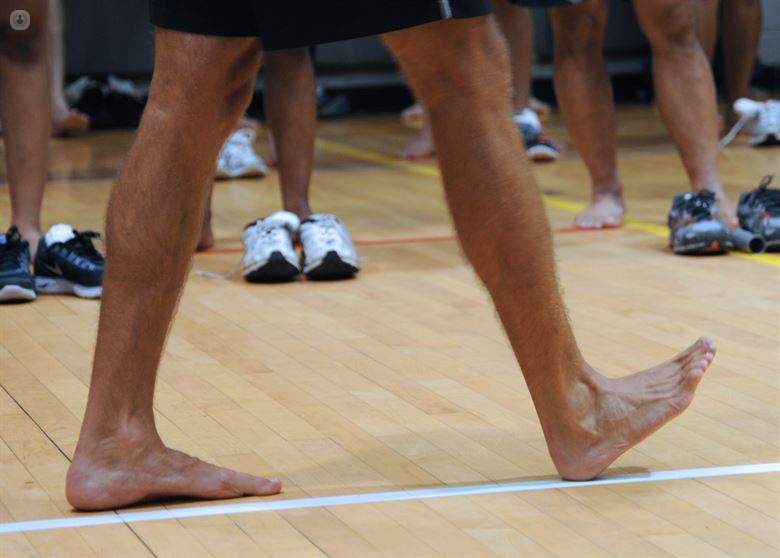Abnormal gait
Dr Margareta Griesz-Brisson - Neurology
Created on: 11-13-2012
Updated on: 06-28-2023
Edited by: Carlota Pano
What are gait abnormalities?
Gait abnormalities are alterations in the way of walking, usually due to injuries or pathologies of the spinal cord, brain, legs or feet. They can affect the speed at which you walk, and lead to problems with consistency and symmetry, or movements that are not synchronised.
A gait takes place following a repetitive cycle in which different structures of the central and peripheral nervous system are involved. This cycle can be affected by neurological diseases or musculoskeletal factors that affect gait and balance. Since a wide range of conditions can cause gait abnormalities, there are correspondingly many types of gait abnormalities:
- Parkinsonian gait: Characterised by a rigid way of walking with the torso inclined, walking with quick but small steps
- Hemiplegic gait: Usually caused by a brain injury or a stroke that causes the patient to walk with one leg and with the torso flexed to the side
- Myopathic gait: A gait characterised by swinging to compensate for weakness in the pelvic area.
- Antalgic gait: A gait that develops in response to pain in a limb
- Ataxic gait: An unsteady gait with a tendency to stumble, as a result of damage to the motor neuros in the brain
- Steppage gait: One or both legs lift higher than normal to compensate for damage to the deep peroneal nerve
Symptoms of changes in the gait
Gait abnormalities may appear suddenly, if someone has suffered an injury or brain damage due to stroke. Other gait abnormalities may be more difficult to notice because they develop over time, due to an underlying progressive neurological condition. Parkinson’s is a common example of a progressive gait abnormality.
Medical tests for gait abnormalities
To diagnose gait abnormalities, a physical examination is carried out that includes semiological analysis of gait and associated neurological signs. To be able to detect alterations, the following is taken into account:
- Central or peripheral motor problems with the legs and feet
- Balance disorders
- Pain
- Changes to the size of steps taken
Complementary investigations can also be performed to help make a diagnosis of an underlying condition. These can include:
Treatments for gait abnormalities
Treatment for gait abnormalities may require the involvement of a number of different specialists, such as a geriatrician, a neurologist, or an occupational therapist. The neurologist is likely to oversee and coordinate your treatment.
Treatment may include:
- Treatment of the underlying condition (e.g medication to mitigate symtoms of Parkinson’s, or surgery to repair damaged bones and joints)
- Physiotherapy to help correct the gait
- Walking aids, such as leg braces, a walking stick, or a walking frame to make walking easier if there are limits to how much the gait abnormality can be treated





